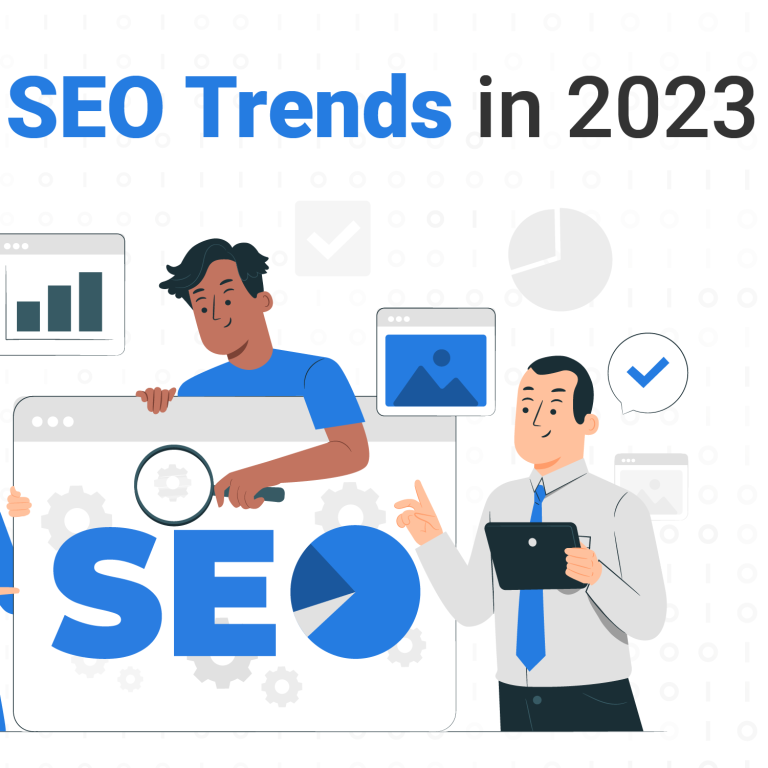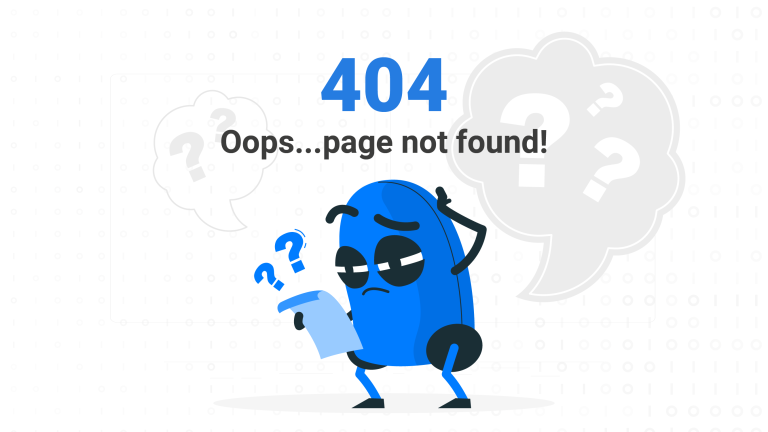Table of Contents
Written by Pieter Van Den Eynde, Chief Growth Officer & Founder of admiral.digital
Running end-to-end performance marketing campaigns for more than 30 brands daily, we have noticed a great shift in the accuracy and efficiency of targeting options across performance marketing channels over the last 18 months.
As an agency, we have been actively advising all of our partners to invest more in a direct relationship with their users and customers through the collection of first-party data.
Reasons for collecting first-party data
Data privacy regulations
As data privacy becomes a growing concern, digital publishers have been forced to modify their data collection and targeting practices. This has resulted in limited data availability and reduced targeting precision.
The impact of Apple’s iOS 14 update serves as a prime example of this trend. This update had a significant effect on Meta’s advertising business and diminished the efficiency of advertisers worldwide in just a single day.
Collecting data in-house empowers companies with greater control over their customers’ information, enabling them to secure privacy and safeguard security.
Competition
The growing pickup of online advertising has led to increased competition among businesses in the online advertising space. While targeting broad audiences is still acceptable, owning audiences across various stages of the sales funnel becomes increasingly critical.
Better insights
Insights gained from first-party data can inform company decisions and drive higher returns on investment. Third-party providers cannot offer this level of insight.
Rising user expectations
Future customers demand relevant advertisements. Personalised campaigns using first-party data are essential to meet these expectations.
Growing cost of advertising
With rising CPCs across performance marketing channels, conversion rates play a critical role in acquiring customers profitably. Engaging with owned audiences can improve conversion rates, regardless of the channel and customer status.
Accurate data
First-party data, collected directly from a company’s customers, is more reliable and tailored to their needs and preferences. This makes it a critical component of successful performance marketing campaigns, as in-channel audience accuracy declines.
Independence from third-party data sources
By relying less on third-party data, companies can reduce their dependence on external entities and maintain control over their data.
Examples that demonstrate the importance of first-party data collection
Marketplaces vs D2C websites
Many companies ask the question, “Should we sell our products only on marketplaces like Amazon, Shopee, and Lazada?” The answer is no.
While marketplaces are a great sales channel, they do not provide access to first-party data (customer information). This means that companies don’t know their customers and cannot nurture them effectively. By collecting customer information on their own website, companies can have the opportunity to do so.
Storing customer information in a CRM
Storing lead, opportunity, and sales data in a CRM directly is useful, but it makes companies reliant on that specific service provider. To avoid this, companies should store all personal information in an owned database that is connected to multiple third-party tools.
The database serves as the single source of truth and feeds data into different third-party tools (microservices).
Dependency on targeting options and audiences in publisher accounts
Brands have been investing in growing Facebook follower bases over the last year, often using paid ‘Like ads’. Facebook decided to disable this feature a few years ago, change the algorithm to only show organic content to <1% of your follower base, and hide the number of followers a brand owns. This is a perfect example of how larger publishers can change the audience-game in a matter of days.
Therefore, we advise not to rely too heavily on existing targeting options in these respective channels. Build your own audiences and feed them into publisher accounts directly, just as the “CRM vs database” example described. Make sure you as a brand own them.
How to collect first party data efficiently
There are many ways for brands to collect first-party data that can be used by performance and digital marketers. Before looking at tactics to do so, it is important to understand which information is primary and which is secondary.
Primary: PII data that is crucial for marketers to acquire as part of a funnel strategy
- First Name
- Last Name
- Email address
- Phone number
Secondary: PII data that is ‘good to have’
- Address
- Gender
- Age/date of birth
- Company name
Collecting first-party data is done differently for every brand. Organisations should focus on a mix of online and offline where possible. A few examples of acquisition tactics below:
- Website sign-up forms: Sign up for a newsletter.
- Download forms: Download a whitepaper, case study or more. This is very often used as part of a B2B lead generation/client acquisition approach.
- Transactions: Acquire a customer and collect all necessary information on that customer. In most cases, a transaction offers you both primary as well as secondary information on the user.
- Add-to-cart: Acquire a customer that does not convert. Ensure you capture a user’s email address before he/she exits the checkout process.
- Online surveys: Collect information through online surveys. Offer incentives such as discounts or freebies to encourage customers to participate.
- Email marketing: Utilise email campaigns to gather information about your customers.
- In-store events: Host in-store events and gather information through sign-ups or on-site registration. Offer special deals and promotions to incentivise participation.
- Social media: Utilise social media platforms to gather information about your customers through contests, surveys, and quizzes. Encourage customers to follow your brand for updates and exclusive offers.
- Customer service interactions: Gather information through customer service interactions, such as live chats, phone calls, and email communications. Train your customer service team to gather information about your customers during these interactions.
- App downloads: Have users download your app and register. Once registered, they can be retargeted using in-app events as the audience dimension. An app download is anonymous just like a website visit; however, sign-ups are not.
Successful utilisation of first-party data
The goal of using first-party data and creating owned audiences is to increase the precision of targeting and enhance the relevance of marketing efforts. It offers an alternative to conventional demographic and interest-based audiences in performance marketing channels and is the primary source of audiences for mobile app CRM, email marketing, and other marketing automation initiatives.
Search campaigns: Upload email lists in Google and create custom audiences.
- Increase bids for non-converted users to improve lead-to-buyer ratios.
- Exclude existing customers from campaigns featuring branded keywords.
- Upload distinct ad copy for new vs existing customers.
Social campaigns: Create custom audiences.
- Improve the precision of lookalike audience targeting.
- Reach out to users who abandoned the checkout process before completing a purchase.
- Display distinct advertisements for new and existing customers.
Email marketing: Target users using segmented email lists.
- Reactivate inactive users.
- Activate signups to become first time customers.
- Send out one-off email promotions to individual customer bases.
App marketing campaigns:
- Track user journeys from ‘clicks’ to ‘installs’ to registrations using mobile attribution tools.
- Capture user behaviour through in-app events.
- Link user behaviour to user IDs and share audience information with performance marketing channels or mobile CRM solutions.
Direct marketing:
- Telemarketing
- Direct mail
Investing in first-party data allows marketers to gain a deeper understanding of their target audience, drive personalised campaigns, and achieve increased return on investment. By having control over the data collected and reducing dependence on third-party sources, marketers can ensure the accuracy and relevancy of their marketing efforts, ultimately leading to better business results.
Are you looking for more recommendations on how to gather first-party data or an agency to develop a customised marketing strategy that meets your needs? Feel free to reach out to us at hello@admiral.digital for expert advice.







